Environ 9 résultats pour « Boussole »
-

Boussole
Une boussole est un instrument de navigation constitué d’une aiguille magnétisée qui s’aligne sur le champ magnétique de la Terre. Elle indique ainsi le nord magnétique, à ne pas confondre avec le nord géographique. La différence entre les deux directions en un lieu donné s’appelle la déclinaison magnétique. Le pôle Nord magnétique terrestre est en réalité un pôle de magnétisme « sud » qui attire le pôle « nord » de l'aimant que constitue l'aiguille de la boussole. Cette erreur historique d'appellation conventionnelle des pôles de magnétisme nord sera difficile à rectifier. Les lignes du champ magnétique terrestre sur lesquelles l'aiguille de la boussole s'aligne pointent sous terre au niveau des pôles nord et sud (et non pas à la surface). Dans l'hémisphère nord, l'extrémité nord de la boussole est donc attirée vers le bas. Pour compenser ce phénomène, l'extrémité sud de l'aiguille de la boussole est légèrement lestée. Quand on utilise une boussole "hémisphère nord" dans l'hémisphère sud, l'extrémité sud de l'aiguille est attirée vers le bas par le champ magnétique, alors qu'elle est déjà pourvue d'un contrepoids. Résultat, la pointe sud de la boussole accroche sur le fond de la cavité dans laquelle elle est logée, et fonctionne donc beaucoup moins bien. Une boussole fournit une direction de référence connue qui aide à la navigation. Les points cardinaux sont (dans le sens des aiguilles d’une montre) : Nord, Est, Sud, et Ouest. Une boussole peut être utilisée conjointement à une horloge pour fournir une estimation de sa navigation. Le terme boussole s’emploie principalement en navigation terrestre. En navigation maritime et aérienne, équipée d’une ligne de foi (repère parallèle à l’axe du navire ou de l’aéronef, gravé sur l’instrument et donnant la direction suivie), elle est alors appelée compas.
-

LES BIENFAITEURS DE L'HUMANITÉ ; BREGUET (titre inscrit)
-
- Domaine(s) :
- Estampe
- Ethnologie
-
- Sujet représenté :
- Boussole
- Instrument scientifique
- Marine de guerre
- Mathématiques
- Navigation
- Officier
-
- Datation :
- XXe siècle
-
-

LES BIENFAITEURS DE L'HUMANITÉ ; CHRISTOPHE COLOMB (titre i…
-
- Domaine(s) :
- Estampe
- Ethnologie
-
- Sujet représenté :
- Amérindiens
- Boussole
- Carte géographique
- Portrait
- Rencontre
- Voilier
-
- Datation :
- XXe siècle
-
-
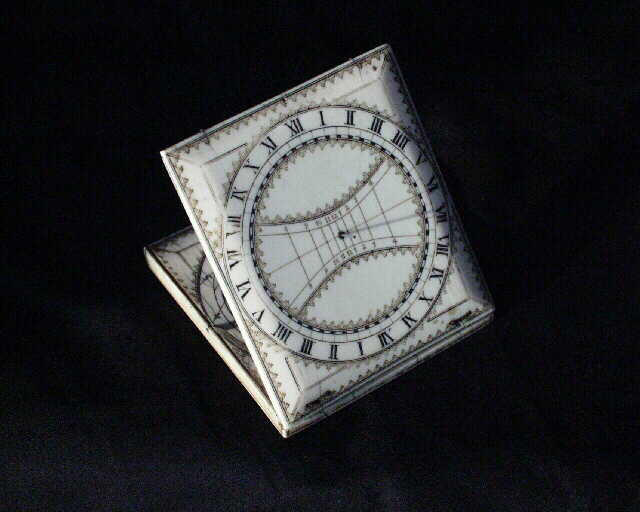
-
- Domaine(s) :
- Ivoire
- Métrologie
-
- Désignation :
- cadran solaire universel (diptyque)
-
- Sujet représenté :
- Amsterdam
- Boussole
- Dieppe (Seine-Maritime)
- Heure
- La Rochelle
- Lune
- …
-
- Datation :
- XVIIe siècle
-
-
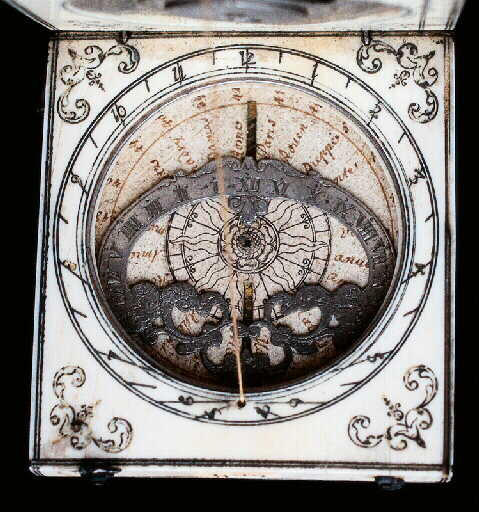
-
- Domaine(s) :
- Ivoire
- Métrologie
-
- Désignation :
- cadran solaire universel (diptyque)
-
- Datation :
- XVIIe siècle
-
-
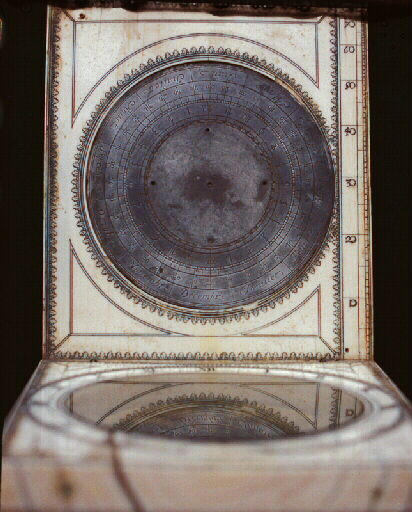
-
- Domaine(s) :
- Ivoire
- Métrologie
-
- Désignation :
- cadran solaire universel (diptyque)
-
- Datation :
- XVIIe siècle
-
-
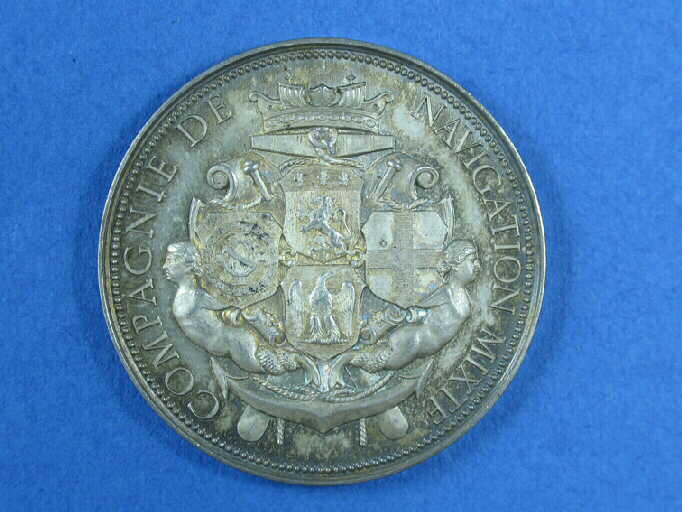
Jeton de la Compagnie de Navigation mixte
-
- Domaine(s) :
- Numismatique
- Transport
-
- Sujet représenté :
- Allégorie
- Ancre (mouillage)
- Aviron (rame)
- Boussole
- Corde (outil)
- Gouvernail
- …
-
- Datation :
- XIXe siècle
-
-
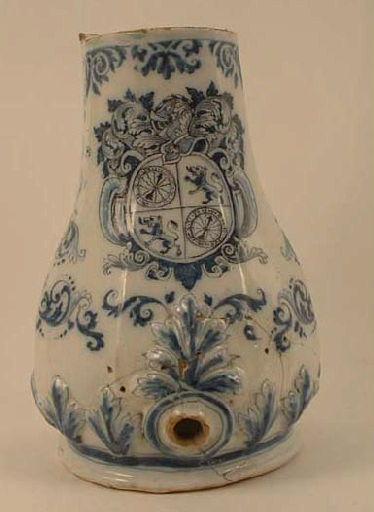
-
- Artiste(s) :
- Manufacture
-
- Domaine(s) :
- Céramique
-
- Désignation :
- fontaine ; corps (élément) | décor héraldique ; décor de rinceaux
-
- Sujet représenté :
- Boussole
- Casque
- Chevalerie
- Lion
- Rinceau
-
- Datation :
- XVIIIe siècle
-
-
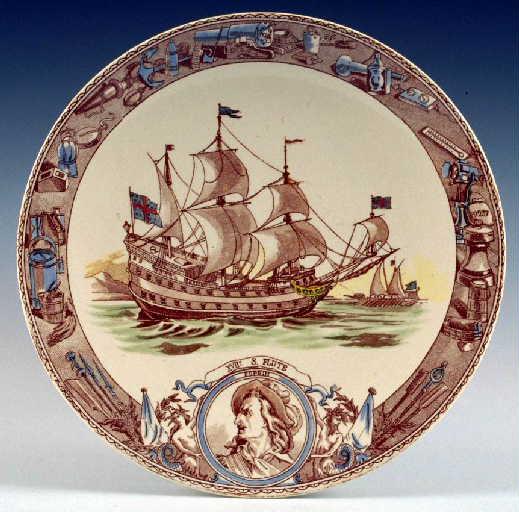
-
- Artiste(s) :
- Sarreguemines
Marine (Série décorative)
-
- Domaine(s) :
- Céramique
-
- Sujet représenté :
- Ancre (mouillage)
- Armée
- Bateau
- Boussole
- Bouée
- Canon (artillerie)
-
- Datation :
- XIXe siècle
-

